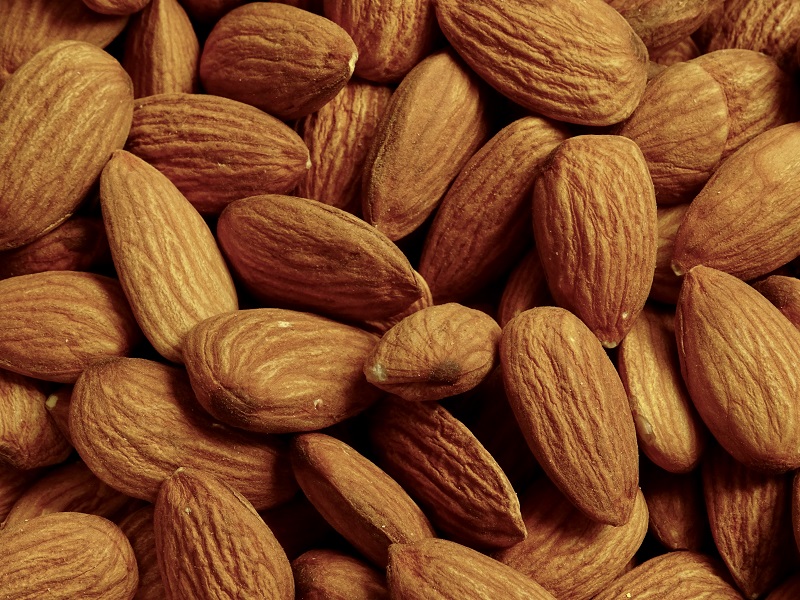Holiday Inspired Chile Peppers

When most people think of chile peppers, they think of delicious Mexican cuisine. But now researchers at New Mexico State University’s Chile Pepper Institute might be opening up a whole new market for growers, as they have produced a series of greenhouse grown, ornamental chile pepper plants with holiday-themed colors.
The idea actually isn’t new, says Danise Coon, the Chile Institute’s program coordinator. “Years before poinsettias, people gave Christmas chiles,” she says. “They were perfect because the fruits turned from green to red.”
In 1989, in a nod to New Mexico State University’s colors, breeders developed the NuMex Centennial — all the varieties have “NuMex” in their names — which changes from a deep purple to a deep red. Next came the spectacular NuMex Twilight in 1994, which goes from bright purple, to yellow, then orange, and finally red. “When it has all those colors,” says Coon, “it really looks amazing.”
Who Needs Flowers?
Over the past several years they have been developing chiles — it generally takes about five years from start to finish — with colors appropriate for many holidays. Chile lovers can celebrate right through the year on Valentine’s Day, ivory to red; St. Patrick’s Day, green to orange; Memorial Day, ivory to lemon yellow; Halloween, black to orange; Thanksgiving, ivory to orange; and concluding with the NuMex Christmas, which of course features green and red.
The ornamental chiles are edible, but Coon doesn’t recommend it. They’re bred for color, after all, not taste. Incidentally, they are quite hot, and contain about 80,000 to 100,000 Scoville Heat Units. (Though nowhere near as hot as the world’s hottest pepper, the Bhut Jolokia, which the institute was the first to measure. See “Now That’s Hot.”)
The ornamentals are about as hot as a tabasco, but that’s where the similarity ends. “They just don’t have a lot of flavor,” she says. “They’re not toxic, but they’re not great eating.”
The folks at the institute — which incidentally honors its long-standing members and donors by providing a chile-decorated ceramic tile in the “Hall of Flame” — are excited about the ornamental chiles because they open up a whole new market for chiles. “Growers think of chiles as a vegetable or a spice,” says Coon, “so a whole new niche is being dug out.”
The institute does have sample seed available, with up to 30 seeds in a packet for $3. Those interested can call them at 575-646-3028 or send an eMail to [email protected]. The institute’s Web address is www.chilepepperinstitute.org.









